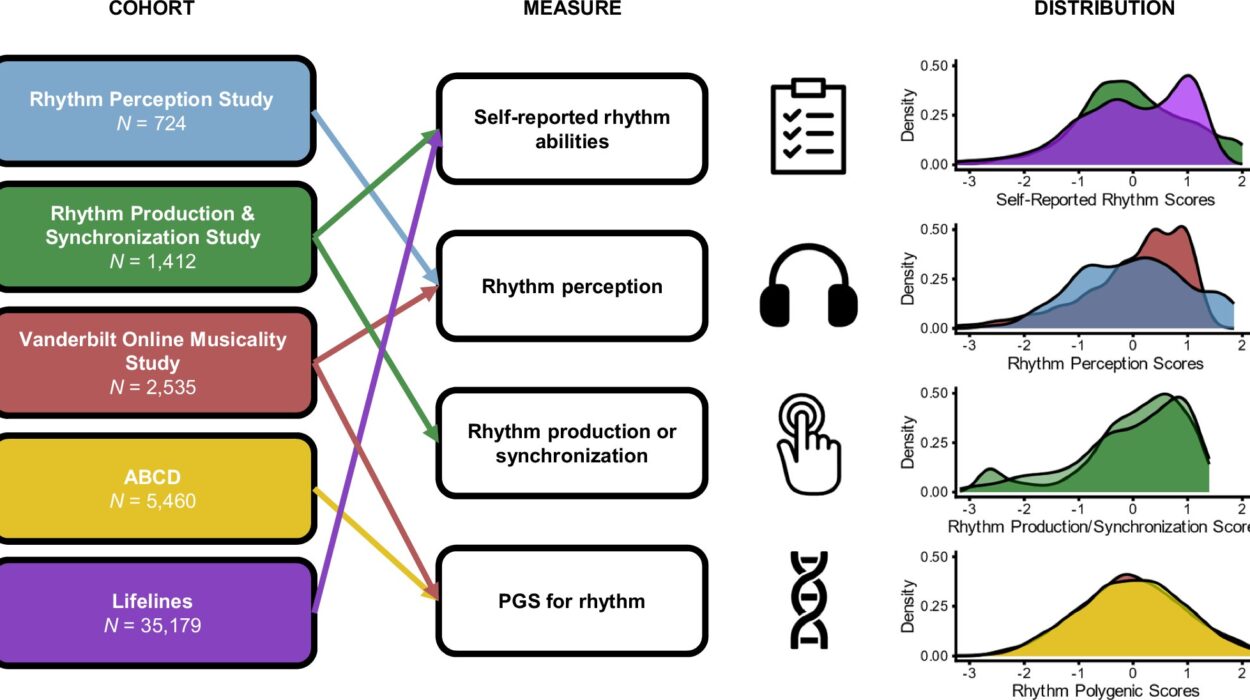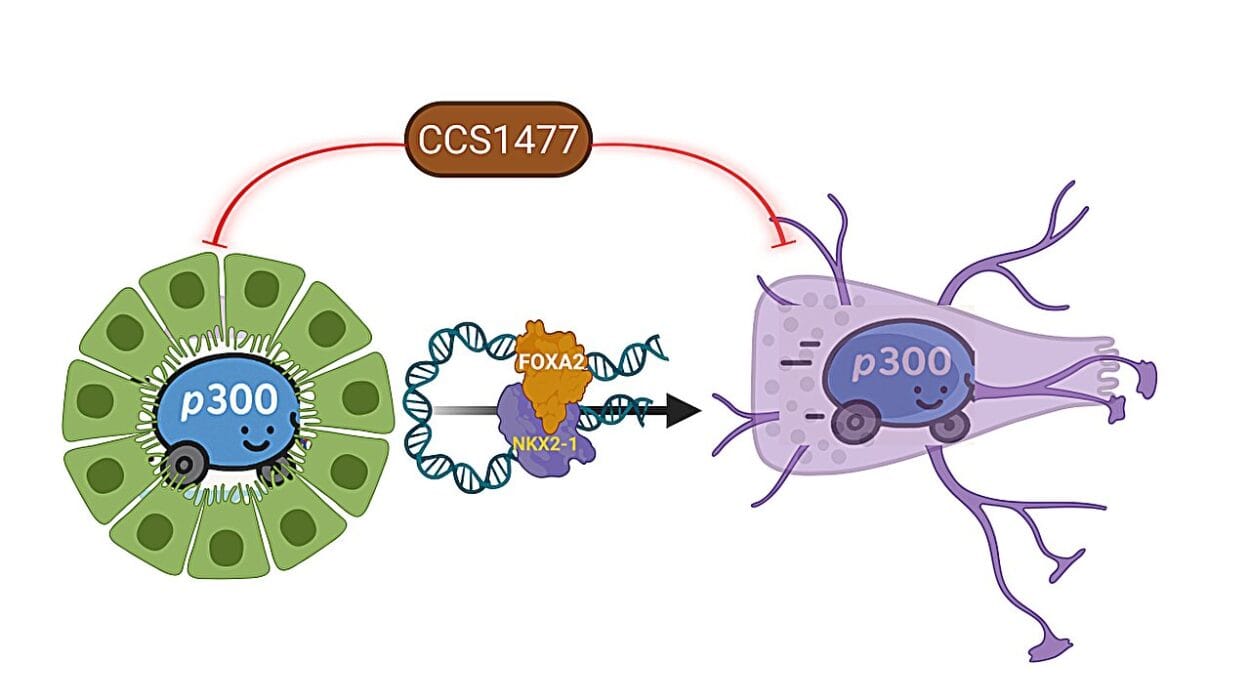Every night, the brain performs a delicate and mysterious maneuver: it withdraws from conscious life without ever going fully offline. We stop thinking, planning, and remembering — and yet a door to the outside world remains ajar just enough for a sound, touch, or disturbance to wake us. A new study from Mass General Brigham offers the clearest picture yet of how the brain pulls off this balancing act.
Using next-generation imaging techniques on healthy adults drifting into afternoon naps, researchers found that as the brain enters NREM — the deep, non-dreaming stage of sleep — it undergoes a coordinated reorganization. Regions responsible for thought, memory, and internal narrative grow quiet and conserve energy, while the sensory and motor systems remain active and metabolically engaged. The brain, in other words, turns down the mind while keeping the body’s warning systems alert.
A Split-Brain Strategy for Safe Sleep
NREM sleep is not a blackout. It is a form of controlled withdrawal. The study shows that higher-order cognitive networks — the ones that support self-reflection, planning, daydreaming, and recollection — sharply reduce their energy demands as consciousness fades. At the very same time, networks that process sounds, touch, body position, and potential threats continue to use energy and maintain communication with blood vessels.
This selective shutdown may explain a long-standing paradox: we are unconscious enough to rest and rebuild, but not so unconscious that we fail to respond to danger. Sleep is protective only if it can be interrupted when necessary, and the brain appears engineered to preserve that capacity.
Seeing Sleep at Unprecedented Resolution
The work, published in Nature Communications, relied on a tri-modal imaging setup — EEG to track electrical rhythms of sleep, fMRI to map changes in blood flow, and a specialized PET scan to monitor glucose metabolism in real time. By combining these three technologies in participants taking structured short naps, the team captured, with remarkable clarity, how electrical activity, energy use, and vascular changes move in sync as the brain descends into NREM.
The deeper the sleep, the more pronounced the pattern became: metabolism fell in thinking networks, cerebrospinal fluid flow increased, and blood supply fluctuated more strongly in sensory hubs that remained online. This pattern reinforces a growing theory that deep sleep is a time when the brain simultaneously cleans house and continues to monitor the environment.
Sleep as a Cleansing — Not Silent — State
Over the last decade, evidence has accumulated that sleep is not just rest — it is a biological sanitation cycle. Waste products that accumulate during waking cognition are flushed out through waves of cerebrospinal fluid, reducing the risk of neurodegenerative diseases linked to toxic buildup. The new study strengthens that view by showing that the networks that quiet down during NREM are the very ones that accumulate metabolic byproducts during waking thought.
Meanwhile, the parts of the brain that stay active — those tuned to light, sound, touch, and internal motion — seem to make sure the body can remain connected to reality enough to wake if needed. The brain trades deep introspection for outward vigilance, without fully reactivating consciousness.
Why These Findings Matter
Understanding the choreography of sleep is not an academic exercise — it has direct relevance to neurological disorders, psychiatric illness, trauma recovery, aging, and everyday cognitive health. Many sleep-related diseases involve disruptions in metabolism, vascular function, or neural response. By mapping how these systems normally cooperate during the onset of sleep, scientists now have a blueprint for detecting when — and why — that cooperation breaks down.
The study’s authors note that bigger and longer sleep samples are needed, as well as refined tools that can discriminate more precisely between the stages of NREM. But the road ahead has been cleared in a crucial way: we now know that falling asleep is not a slow universal dimming but a selective, coordinated reshaping of brain work.
In the simple act of closing our eyes, an exquisitely tuned system takes over — one that silences thought, clears debris, protects the organism, and yet stays ready to pull us back from the depths at the slightest cue. Sleep is not the brain shutting off, but the brain changing strategy.
More information: Simultaneous EEG-PET-MRI identifies temporally coupled and spatially structured brain dynamics across wakefulness and NREM sleep”, Nature Communications (2025). DOI: 10.1038/s41467-025-64414-x






